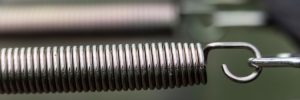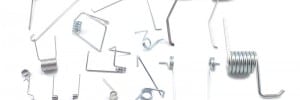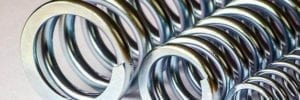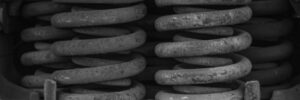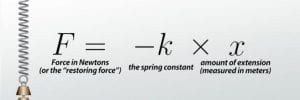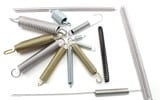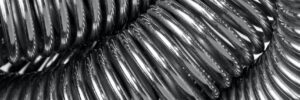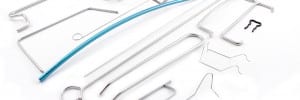
Wire forms or, more specifically, wire forming, is a fabrication technique that utilizes blanks of metal wire which is manipulated into standard or customized shapes for a variety of applications. The wire is typically drawn from blank strips or coiled spools of flat or round wire, rolled and tempered, and then formed into different configurations… Read more »

